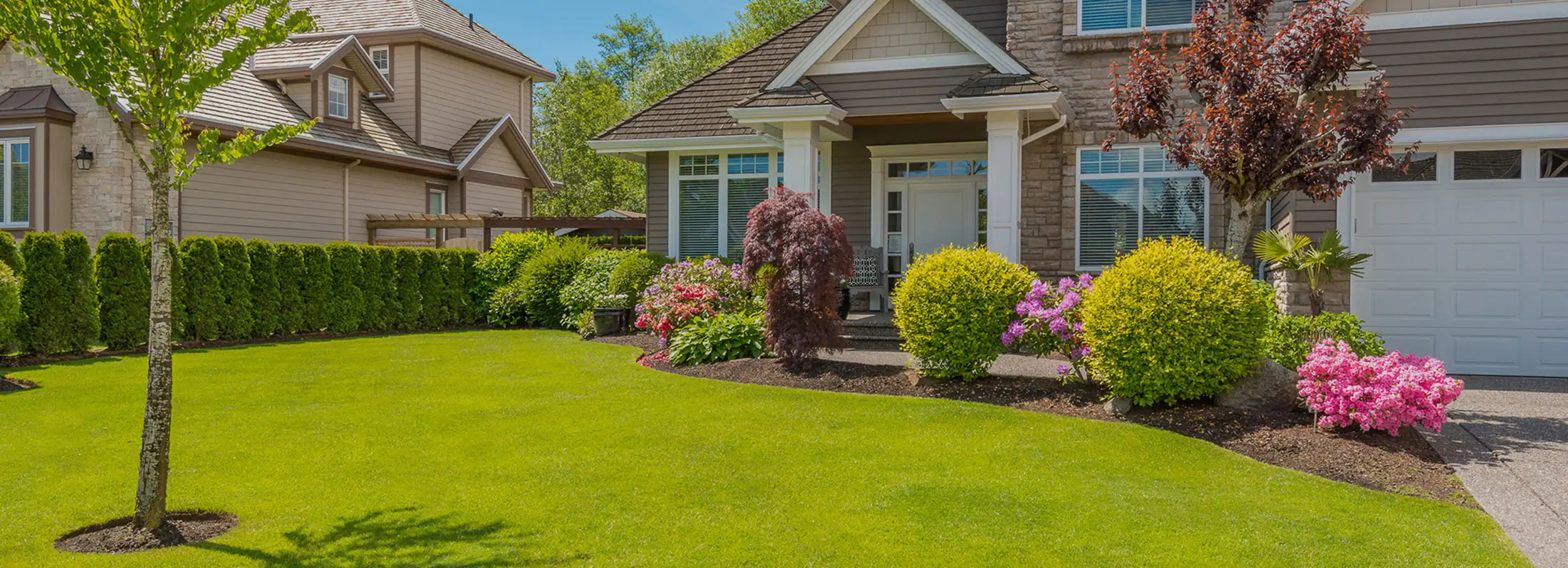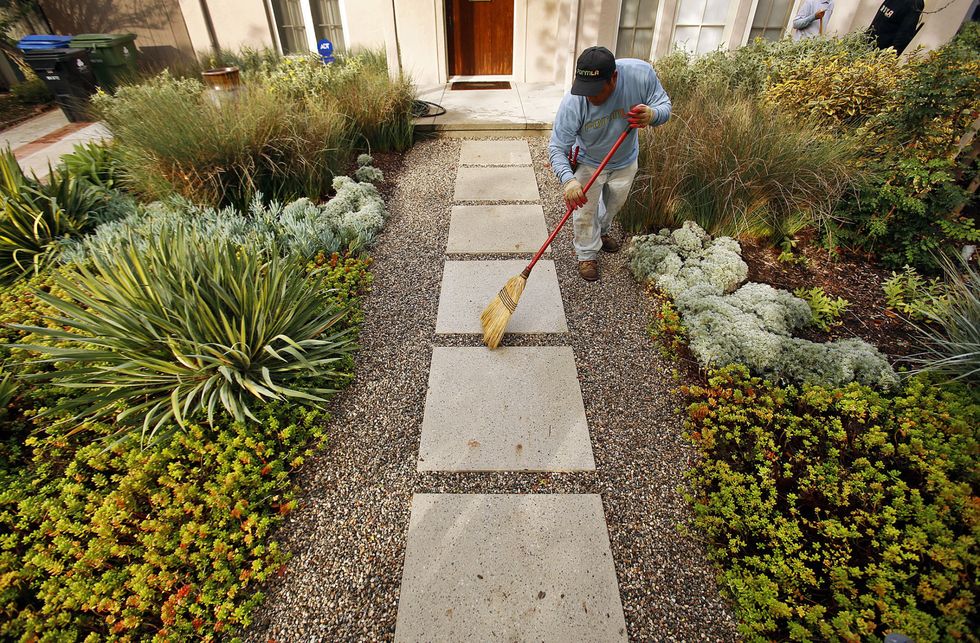Why Selecting the Right Palm Desert Landscaping Service Issues
Why Selecting the Right Palm Desert Landscaping Service Issues
Blog Article
A Comprehensive Overview to Designing and Implementing Effective Landscape Design Solutions
The art and science of landscape design prolong past plain visual appeals; they include a thoughtful assimilation of design principles, ecological stewardship, and sensible implementation. What techniques can one utilize to guarantee these landscapes not just prosper however additionally grow in consistency with their environments?

Understanding Landscape Design Principles
One may question what fundamental components add to effective landscape style. At its core, effective landscape design rests on numerous essential principles that lead the arrangement and selection of aspects within a space. These principles include unity, proportion, rhythm, and equilibrium, each offering to create a harmonious outside environment.
Unity refers to the natural relationship amongst different parts, making sure that they function together cosmetically and functionally. Balance can be accomplished with symmetrical or asymmetrical arrangements, permitting the landscape to feel steady and welcoming. Percentage includes recognizing the range of elements in regard to each other and the surrounding environment, advertising visual consistency and convenience.

Examining Your Outdoor Room
Prior to executing the concepts of landscape layout, an extensive assessment of your exterior area is essential. This first assessment aids specify the range of your landscape design job and ensures that your layout aligns with the special features of your residential or commercial property. Begin by assessing the measurements of your space, taking specific dimensions to understand the readily available location for various components such as patios, yards, and pathways.
Following, observe the existing functions of your landscape, including topography, soil top quality, and water drainage patterns. These factors substantially affect plant option and placement. Additionally, examine the sunshine direct exposure throughout different locations throughout the day, as this will certainly influence the sorts of plants that thrive in your garden.
Consider the microclimates developed by structures, trees, and other barriers, as they can influence temperature and wetness levels. Take note of any kind of existing plants or hardscape components that you desire to preserve or remove. This comprehensive examination prepares for a effective and educated landscape design option, guaranteeing that your design is not just aesthetically pleasing but additionally useful and sustainable for several years ahead.
Sustainable Landscape Design Methods
These practices not only promote ecological balance but additionally improve the aesthetic and useful value of a landscape. Implementing reliable irrigation systems, such as drip irrigation, decreases water waste and makes sure that plants receive appropriate wetness (Palm Desert Landscaping).

Another effective strategy is the strategic placement of trees and hedges to offer all-natural windbreaks and color, thus decreasing power expenses (Palm Desert Landscaping). Rainfall gardens can be incorporated right into the landscape style to take care of stormwater runoff effectively, filtering toxins before they enter waterways
Picking the Right Plants
Selecting the right plants for your landscape is crucial to achieving both visual appeal and ecological consistency. The process begins with an understanding of your regional climate, soil problems, and the details microenvironments within your landscape. Assessing aspects such as sunlight exposure, dampness degrees, and existing vegetations will certainly help you pick plants that thrive in your unique setup.
Consider incorporating native plants, as they are well-adapted to neighborhood problems, need less maintenance, and support local wildlife. Furthermore, picking a varied range of types can boost biodiversity while reducing the risk of condition and bug episodes. It is important to review the growth habits, growing durations, and seasonal shades of possible plants to develop a cohesive and dynamic landscape.
Furthermore, think of the meant use the space; as an example, if the location will experience high foot website traffic, select durable ground covers. By attentively selecting plants that line up with both your environmental needs and aesthetic objectives, you can create a lasting landscape that not only improves your home but additionally adds favorably to the bordering community.

Implementation and Upkeep Techniques
As soon as the ideal plants have been picked for your landscape, the emphasis moves to reliable application and ongoing upkeep approaches. Successful installment begins with correct website prep work, which consists of soil screening to figure out nutrient degrees and pH, followed by changing the dirt as needed. Very carefully arrange plants according to their development practices and light requirements, ensuring appropriate spacing to advertise healthy and balanced growth.
Watering is a vital component of execution. Establish a watering schedule that considers the details demands of each plant species, readjusting for seasonal changes. Utilizing drip watering systems can improve water efficiency and reduce overflow.
Upkeep strategies need to try these out be executed to make certain the durability and vigor of your landscape. Routine tasks include weeding, mulching, and pruning to regulate development and protect against condition. Fertilization needs to be carried out based on soil tests, supplying the required nutrients without over-fertilizing.
Keeping an eye on for diseases and pests is essential; early detection can protect against substantial damages. Seasonal changes to maintenance regimens, such as winterizing perennials and preparing for spring growth, will certainly make sure that your landscape continues to be healthy and balanced and aesthetically attractive Recommended Site year-round.
Conclusion
Effective implementation and ongoing upkeep further guarantee the durability and vigor of landscapes. By integrating these aspects, landscapes can be changed into attractive, useful atmospheres that advertise biodiversity and contribute positively to community well-being.
One might wonder what foundational aspects contribute to effective landscape layout. At its core, successful landscape design hinges on a number of vital concepts that direct the plan and selection of elements within a space.Choosing the right plants for your landscape is vital to attaining both visual appeal and ecological harmony. It is crucial to review the development behaviors, flowering periods, and seasonal shades of possible plants to develop a vibrant and cohesive landscape.
Once the best plants have been chosen for your landscape, the focus check over here shifts to efficient execution and ongoing maintenance methods.
Report this page